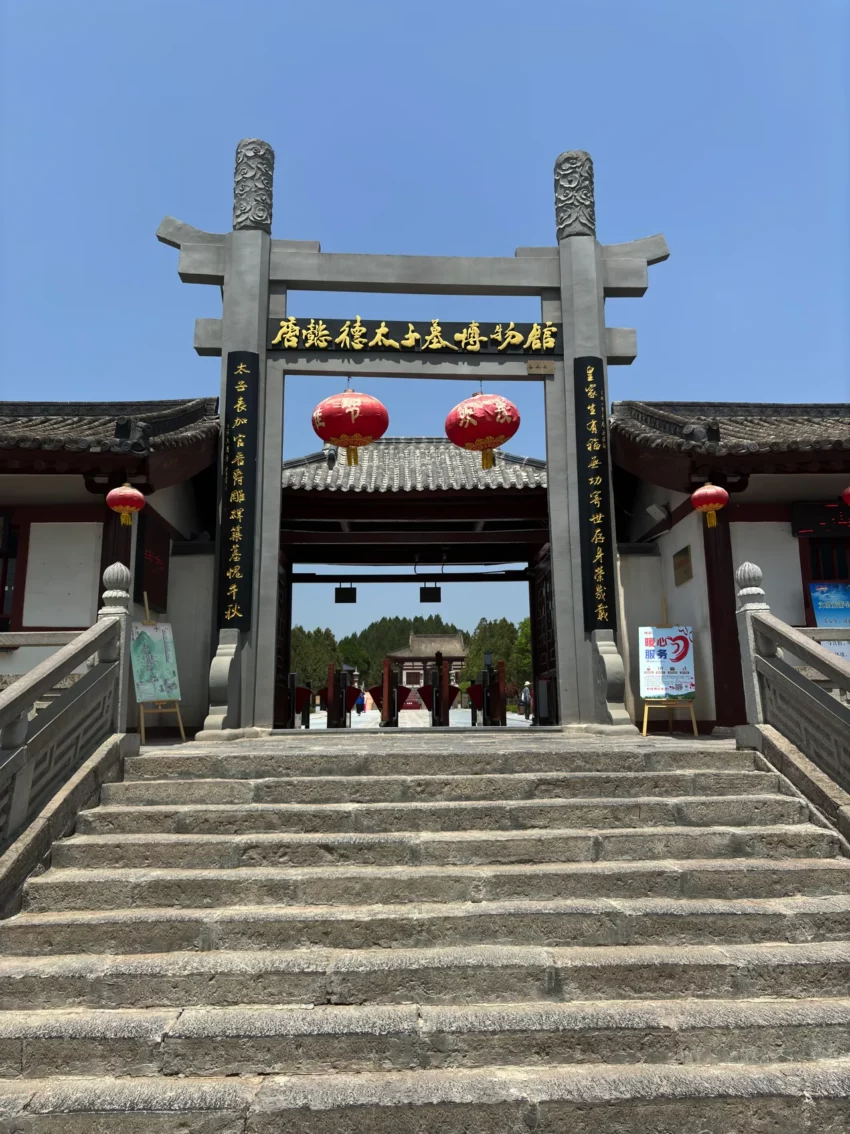Introduction to Prince Yi De’s Tomb
Prince Yi De, originally named Li Chongrun, was the eldest son of Tang Zhongzong. He was also the grandson of Emperor Gaozong and Empress Wu Zetian. Tragically, he died in AD 701 at the young age of 19. Remarkably, five years later, in AD 706, authorities relocated his tomb to the Qianling Mausoleum as a satellite tomb.
Get your dose of History via Email
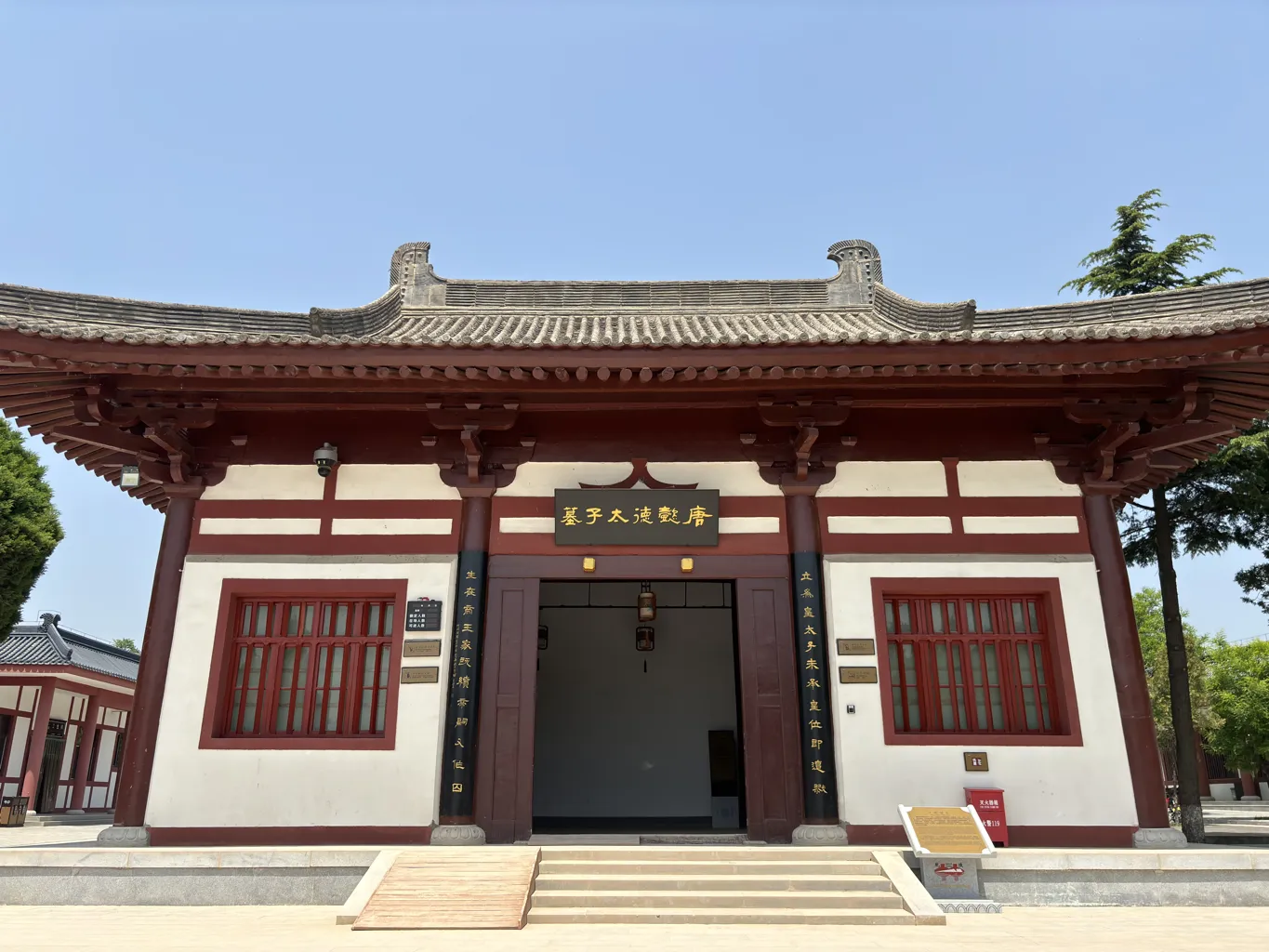
Exploration and Discoveries at the Tomb
The exploration of the tomb began in earnest in 1971. The tomb’s pathway stretches an impressive 100.8 meters. It features seven heaven wells and eight affiliated rooms. Despite the tomb’s previous looting, over 2000 precious cultural relics were discovered. These include pottery figurines and tri-colored glazed pottery from the Tang Dynasty. The site, located at Qianling Mausoleum, also boasts celebrated murals depicting a guard of honor in the gate tower and leopard training. These artifacts underscore the intelligence and creativity of ancient China’s laboring people. Moreover, they provide invaluable material for studying the politics and economy of the era.
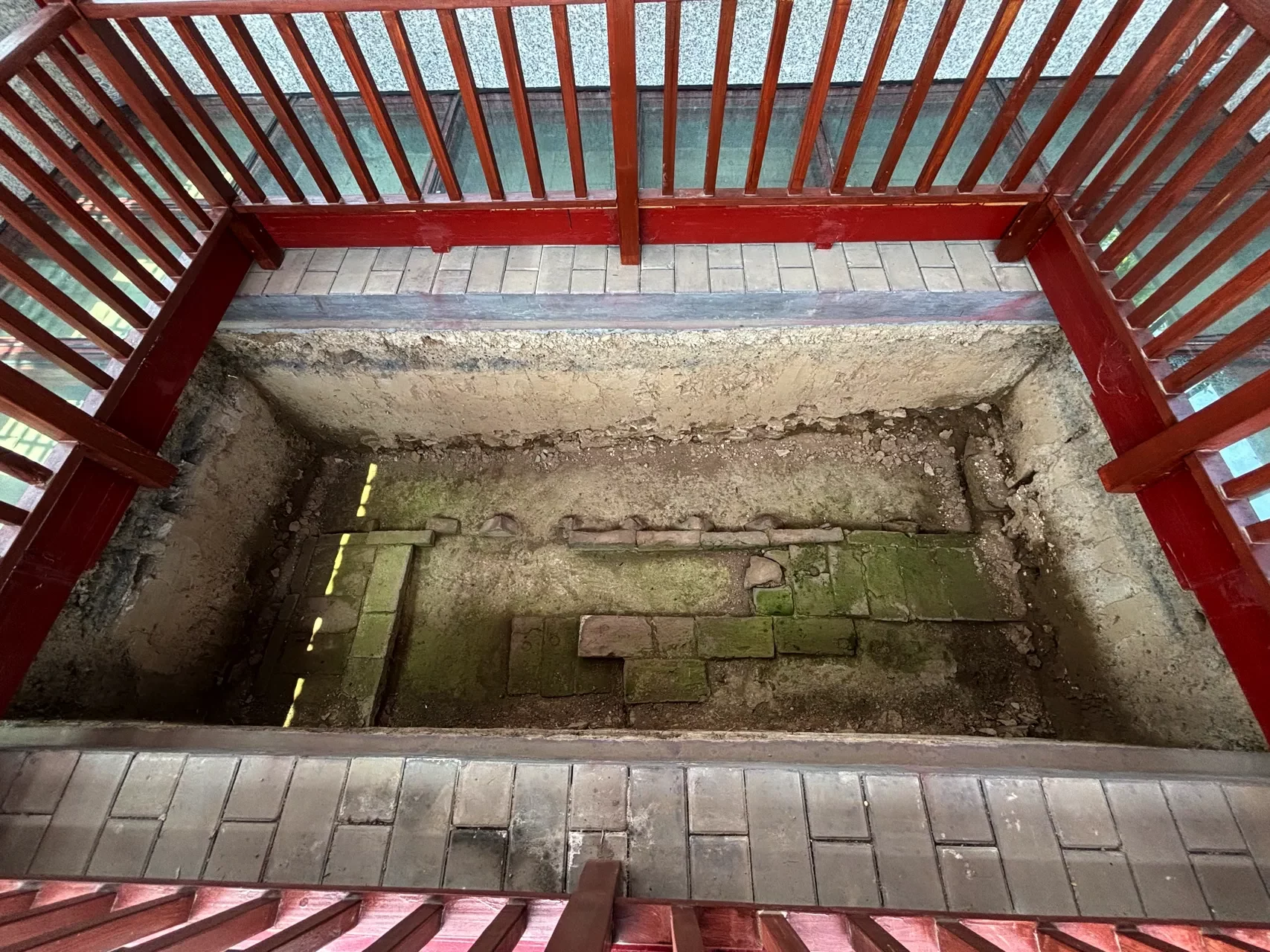
Stone Sheep in Historical Context
Stone sheep typically mark the tombs of third-grade officials or higher. Artisans craft these figures from bluestone, employing a circular carving technique. The sheep display a poised posture, with heads raised and eyes shut. Their ears tilt backward, and their horns twist into a crescent shape. Each sheep kneels on a rectangular base, measuring 1.18 meters in length, 0.60 meters in width, and 1.22 meters in height.
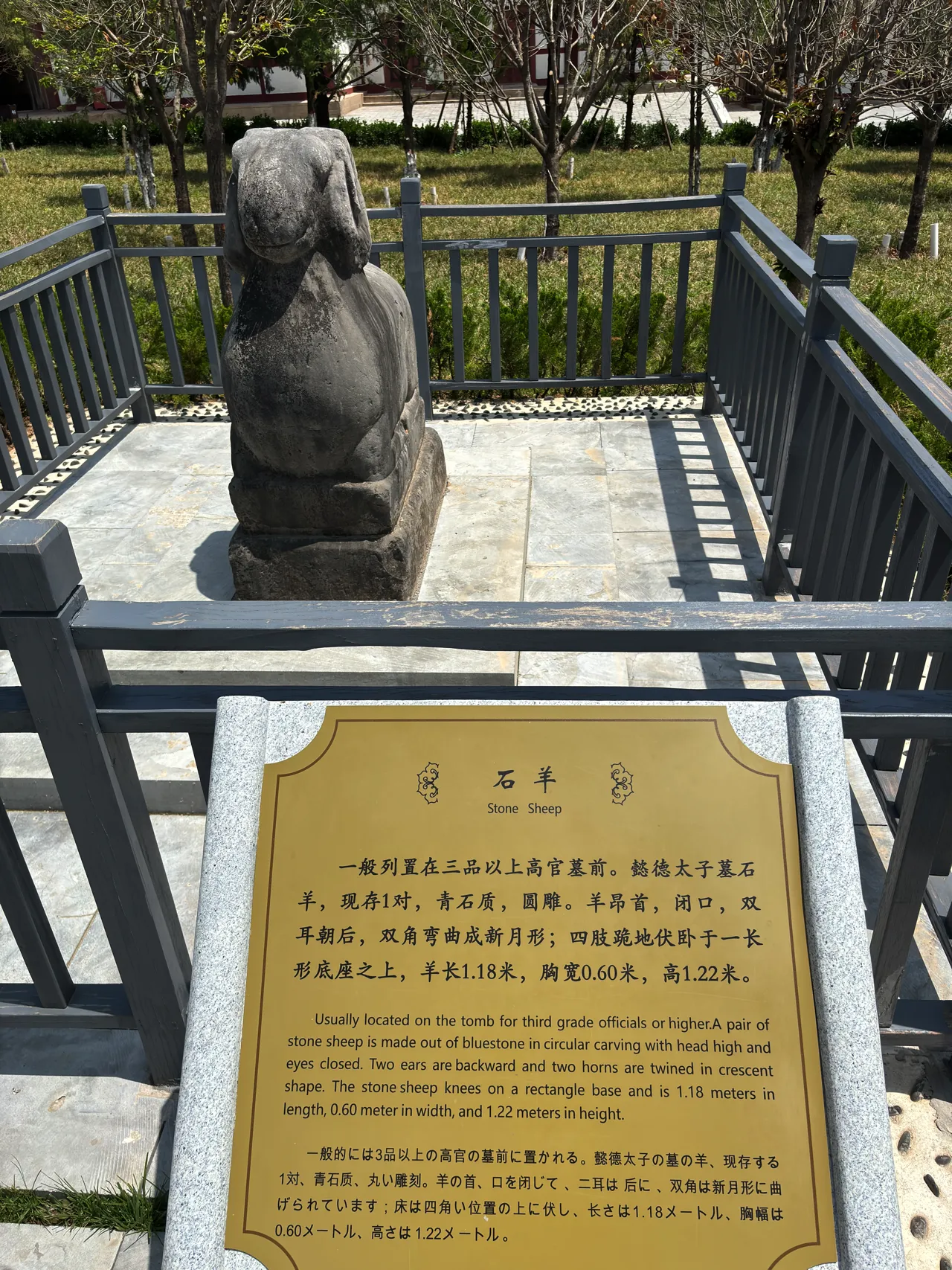
The Stone Guard General
Known also as Weng Zhong, the Stone Guard General derives its name from General Ruan Wengzhong. These statues flank the Spirit Way, symbolizing guardianship. Although headless, these stone officials exude authority through their stature and detailed craftsmanship. They range in height from 0.80 to 1.54 meters, with a consistent width of 0.65 meters and a side thickness of 0.44 meters. Crafted from bluestone, their circular carving underscores the skill of ancient artisans.
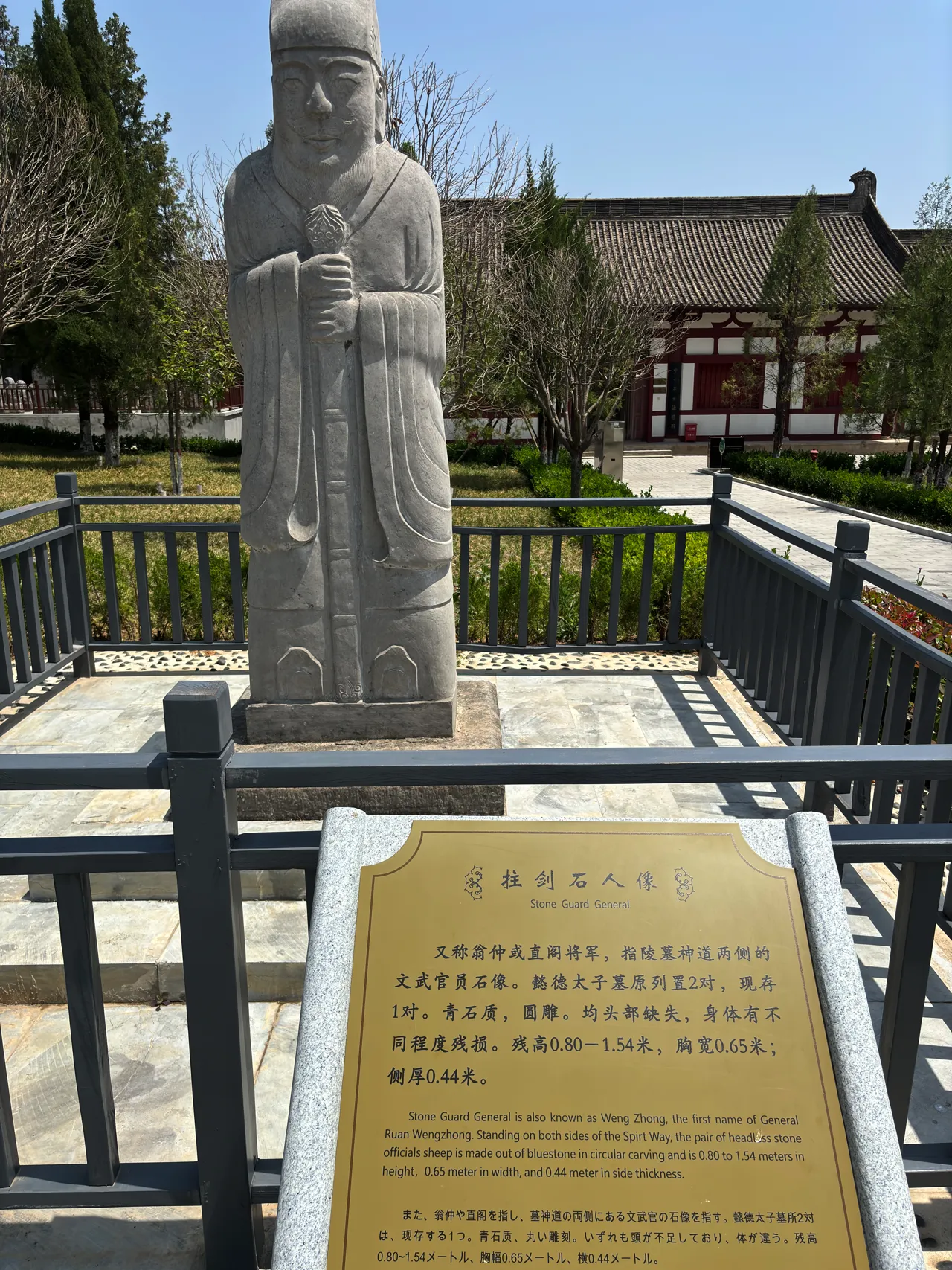
Overview of the Inner City South Gate Site
The Inner City South Gate Site is strategically positioned on the western side of the southern end of the tomb passage. It spans an impressive area of 110 square meters. This site links directly to the Inner City South City Wall. Furthermore, the southern city wall of the gate site stretches all the way to the Outer City South Gate Tower. This extension underscores the site’s grandeur and architectural significance.
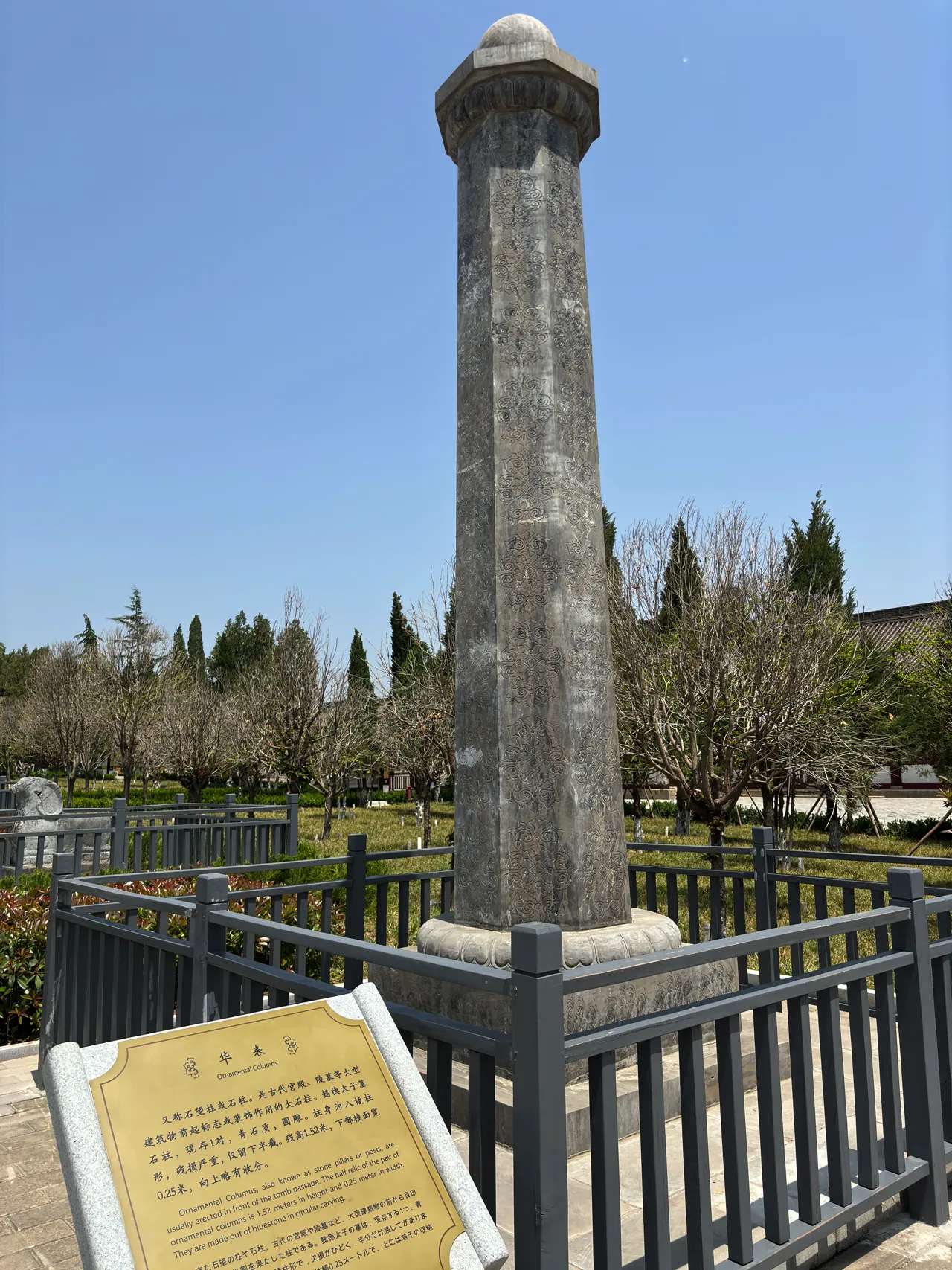
The excavation of this site has provided substantial evidence confirming that Prince Yide Li Chongrun was indeed interred at the Qianling Mausoleum with full imperial honors. This discovery not only highlights the site’s architectural splendor but also its crucial role in the historical narrative of the region.
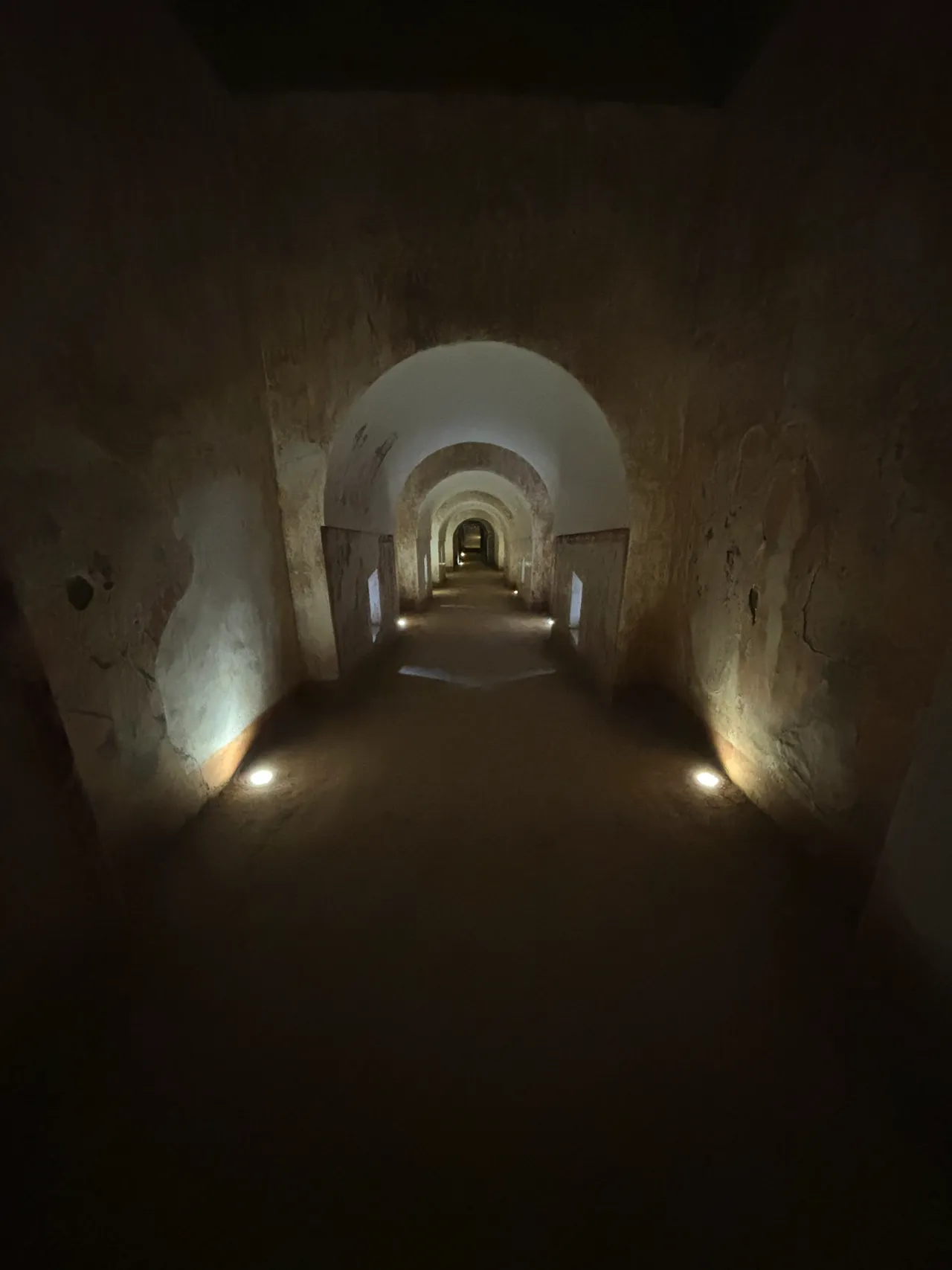
The Coffin Chamber
The tomb of Prince Yide spans a total length of 100.8 meters. It features a sloping earth cave with a brick chamber structure. This structure divides into eight distinct sections. These include a tomb passage, a secondary passage, a courtyard, a toilet, front and rear corridors, and front and rear tomb chambers.
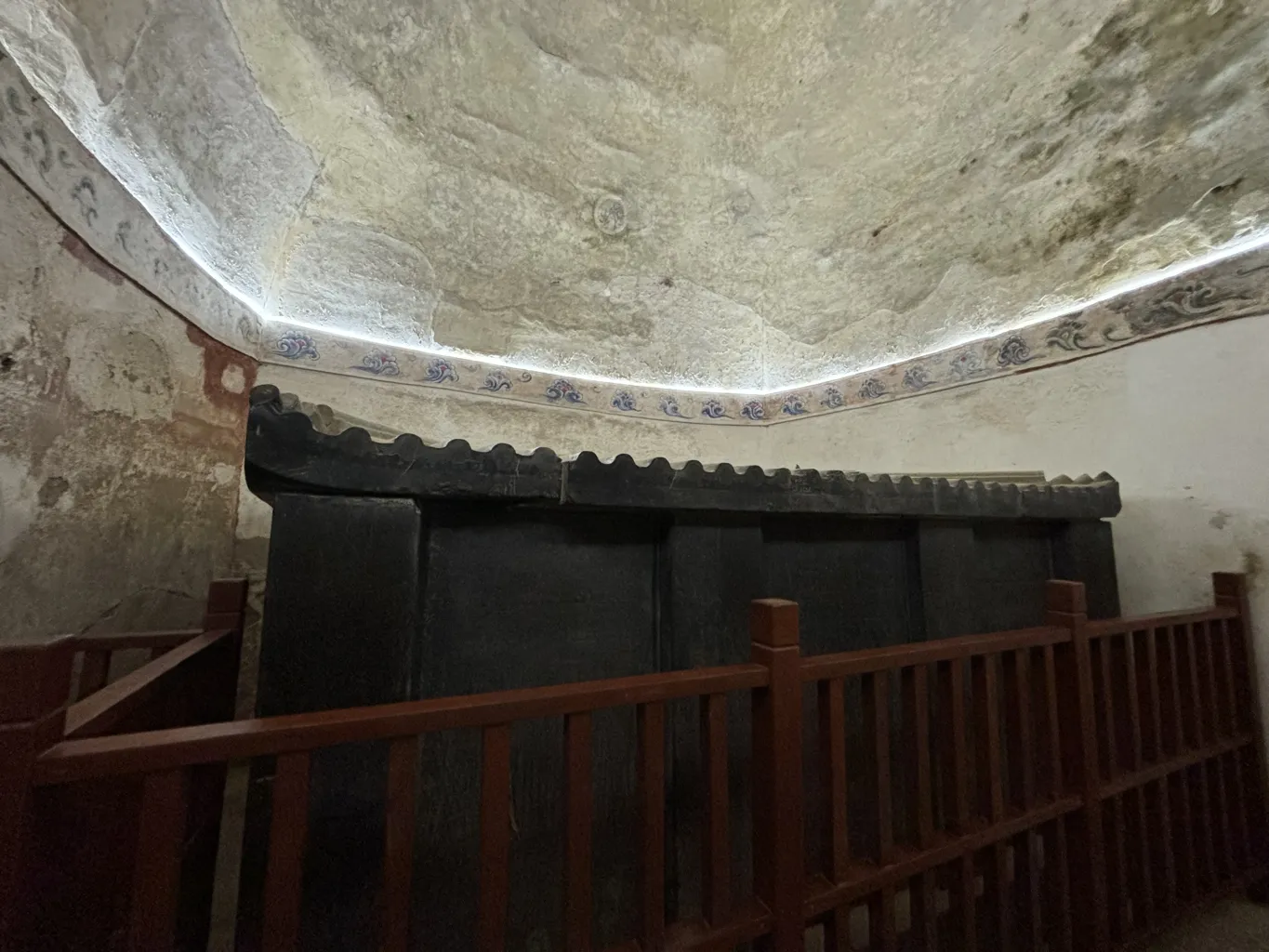
Archaeological Discoveries and Insights
During the excavation, experts unearthed 11 fragments of jade mourning scrolls. These scrolls feature characters in European script, showcasing the intricate craftsmanship of Yin carving and gold filling. The tomb’s construction adhered to the imperial hierarchy, marking it as a pioneering discovery in this respect.
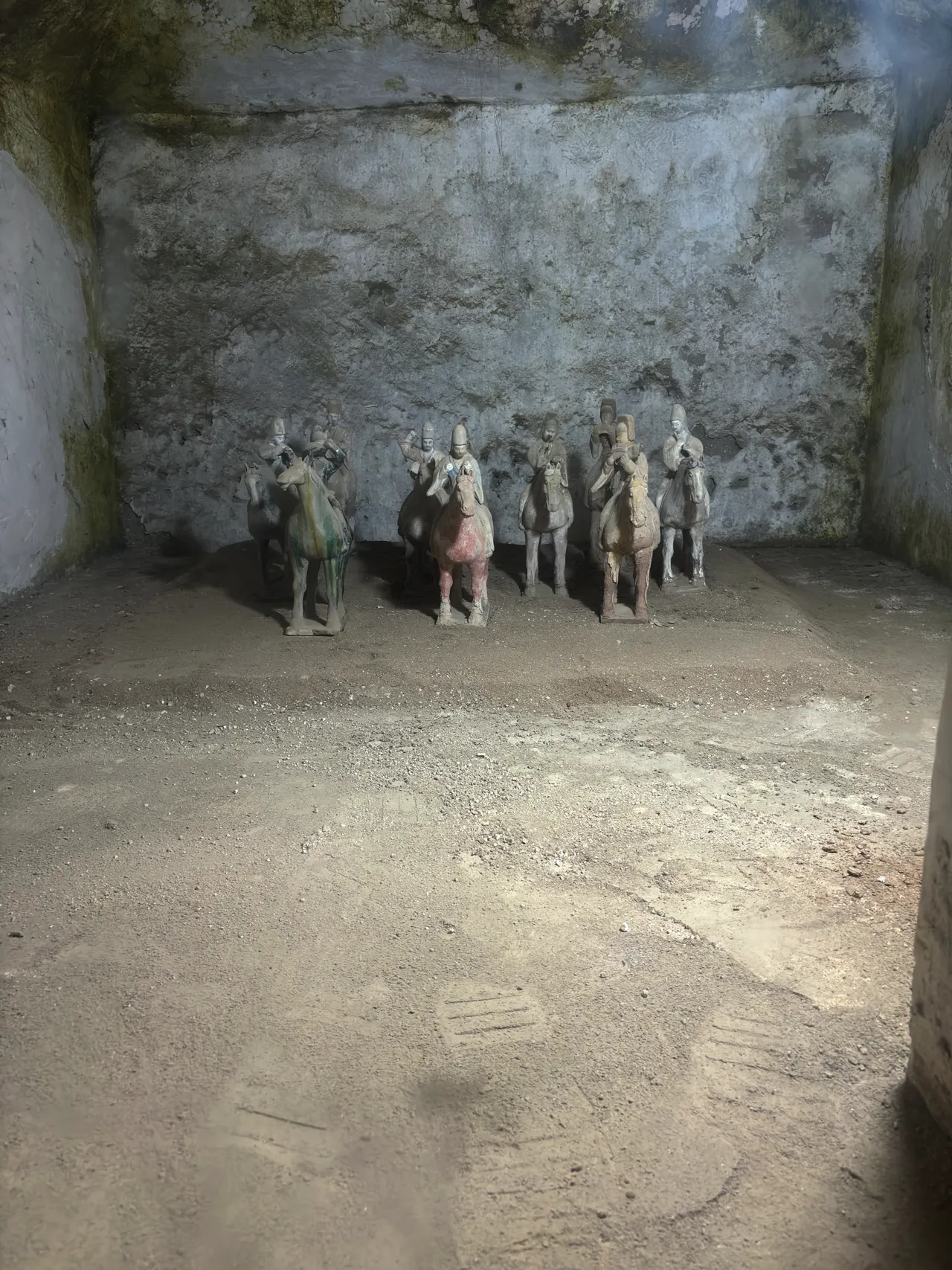
Evidence of Tomb Raiding
A stone gate located behind the corridor reveals signs of historical interference. The damaged lintel suggests actions by tomb robbers. Further into the stone gate, on the upper left side of the corridor, lies a tomb raiding cave. The technique used here bears similarities to that found in Princess Yongtai’s tomb. This points to the raiding occurring around the late Tang Dynasty to the early Five Dynasties period.
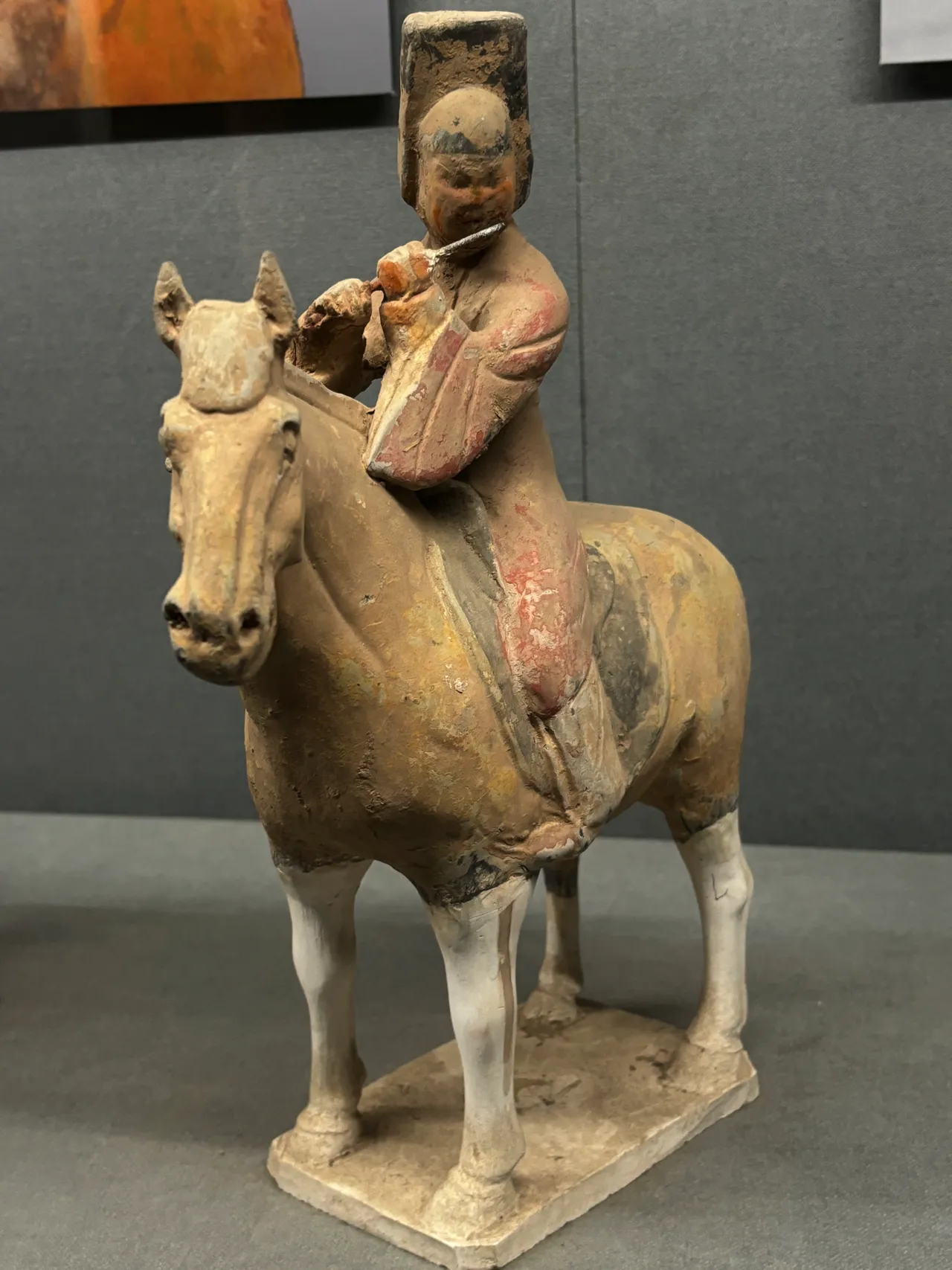
Sources: Information directly from visiting the site
Read next:

